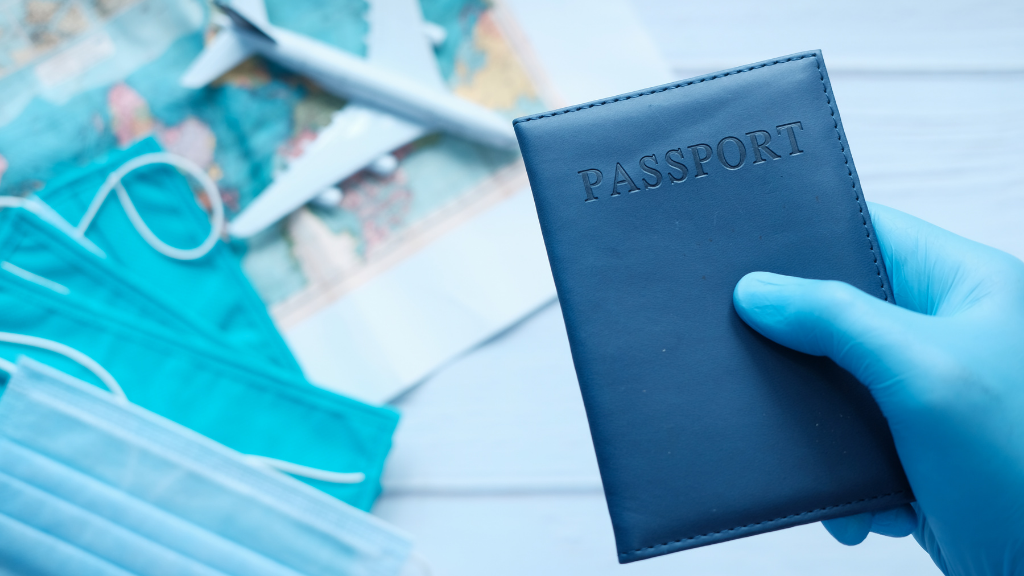Travel to Mexico during Covid-19: What you need to know before you go

Editor's note: Coronavirus cases remain high across the globe. Health officials caution that travel increases your chances of getting and spreading the virus, especially if you're not fully vaccinated. Staying home is the best way to stem transmission. Below is information on what to know if you still plan to travel, last updated on January 24.
(CNN) -- If you're planning to travel to Mexico, here's what you'll need to know and expect if you want to visit during the Covid-19 pandemic.
The basics
Mexico is open to travelers. There is no need to provide a negative PCR test or quarantine on arrival, though most resorts ask guests to fill out health questionnaires. There are health screenings at airports.
Since December 6, all American air travelers 2 and older returning to the US need a negative Covid-19 test taken within one day their departing flight, regardless of vaccination status. It's part of a general tightening of US travel rules because of the Omicron variant of the coronavirus.
The US Embassy says results for PCR and antigen tests are reliably available within 24 hours in Mexico.
The US Centers for Disease Control and Prevention has Mexico's travel advisory rating at level 3 -- "high" risk. Level 4 is "very high" risk. The CDC advises travelers to be fully vaccinated before traveling to Mexico.
What's on offer
You'll find incredible food, sensational beaches, charming towns and historical remains. While the beach resorts around Cancun attract the bulk of visitors, those who want more than a fly and flop go for Mexico City's cultural heft, the coastline of Baja California and traditional towns such as Oaxaca.
Who can go
Mexico has had some of the world's loosest border restrictions with anyone allowed to travel by air for business or leisure.
The land border between Mexico and the United States has been reopened to nonessential travel since November 8, 2021.
What are the restrictions?
Travelers to the country must complete a health declaration form and scan the QR code it generates on arrival.
There is no need to take a test before departure or undertake any form of quarantine. Those concerned they may have symptoms should ask for the Sanidad Internacional health organization.
Some Mexican states or cities might have tighter restrictions.
In Jalisco state, where the popular Pacific Coast resort town of Puerto Vallarta is located, Gov. Enrique Alfaro has announced a new vaccination requirement for some recreational spaces.
As of January 14, a vaccination certificate or a negative PCR test result taken within 48 hours is required to enter spaces in Jalisco state such as casinos, bars, clubs, stadiums, concerts, event spaces, convention centers and large events. See the order (in Spanish) here.
Tourists may want to inquire with their hotels or resorts about any local directives before committing to plans.
What's the Covid situation?
Mexico has had around 4.7 million cases of Covid-19 and more than 303,000 deaths as of January 24 (although some believe the actual numbers are higher). President Andrés Manuel López Obrador has come under fire for taking a laissez-faire approach to the virus. Restrictions have not been far reaching and life has gone on as normal for many, which critics say has led to high death and infection rates.
As of January 24, Mexico had administered almost 160 million doses of vaccine, or about 123 doses per 100 people.
What can visitors expect?
Mexico has a four-tier traffic light system of restrictions, with red signifying maximum restrictions, orange limiting capacity in public spaces and at work to 30%, yellow allowing for all work to resume and public gatherings to take place, and green meaning there are no restrictions in place. See a color-coded map here.
As of January 24, one state was red, nine states were orange, 10 were yellow and the other 12 green. The status of some of the most popular tourist destinations:
-- Baja California, home to border crossover city Tijuana: orange.
-- Baja California Sur, home to resort city Cabo San Lucas: orange.
-- Guanajuato, where expat fave San Miguel de Allende is located: yellow.
-- Jalisco, home to Puerto Vallarta: yellow.
-- Mexico City, the bustling capital: yellow.
-- Quintana Roo, where Cancun and Playa del Carmen are located: orange.
Many hotels and lodging groups, such as Mexico Grand Hotels and Krystal Hotels to name just two, offer on-site Covid-19 testing for your return. Check with your hotel about on-site testing before you travel.
Visitors are likely to find situations differ depending on where in the country they travel, with local restrictions varying. See the Local Resources section of the US Embassy website for specific information.
Useful links
US State Department travel advisories for Mexican states
Our latest coverage
Ever wondered what it was like to move to Mexico in a pandemic? Kim Kessler did. So did this adventurous couple, who booked an Airbnb together for several months despite being virtual strangers.
If you're not ready yet to take the plunge, you'll find inspiration with the prettiest towns in the country and an insider's guide to tequila.
Aerial remote-sensing of a large region of Mexico has revealed hundreds of ancient Mesoamerican ceremonial centers. See for yourself what they found. And a post-conquest Aztec altar was recently uncovered in Mexico City.
The-CNN-Wire
™ & © 2022 Cable News Network, Inc., a WarnerMedia Company. All rights reserved.